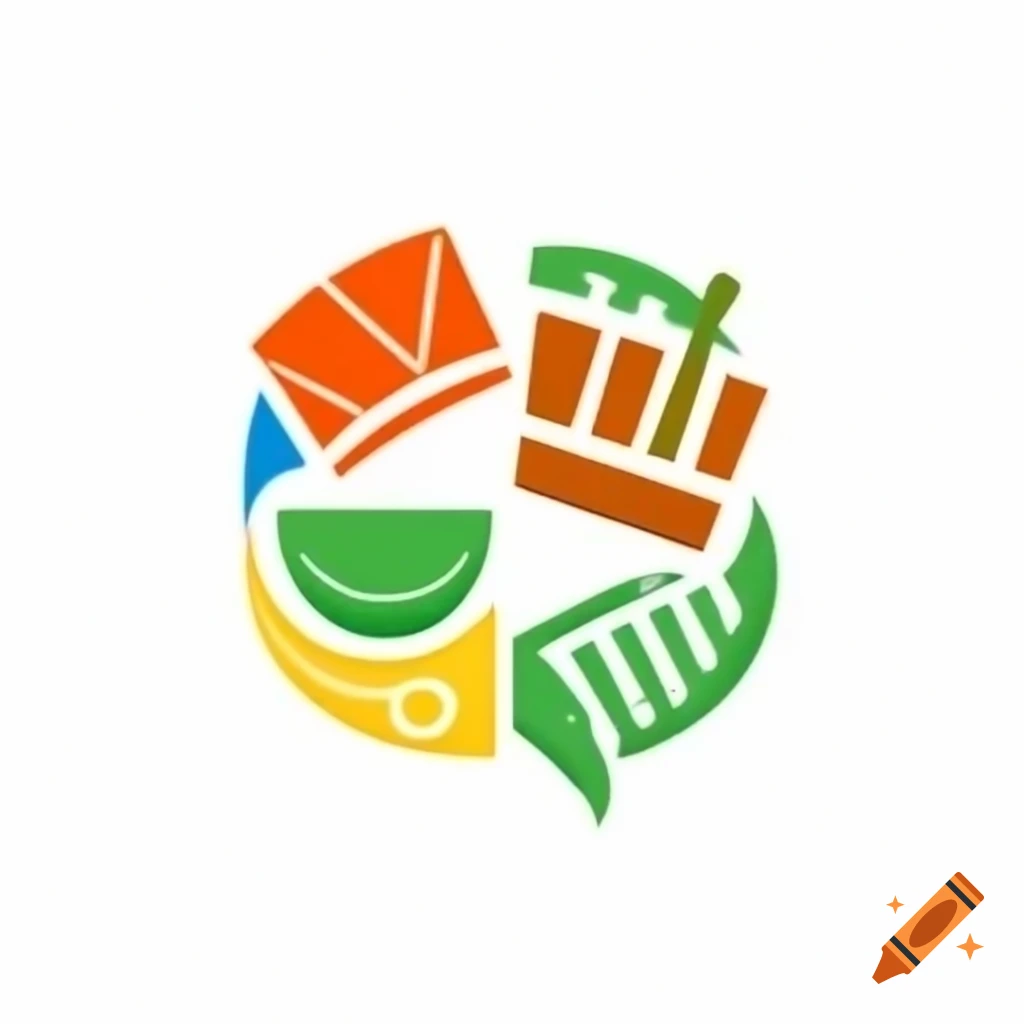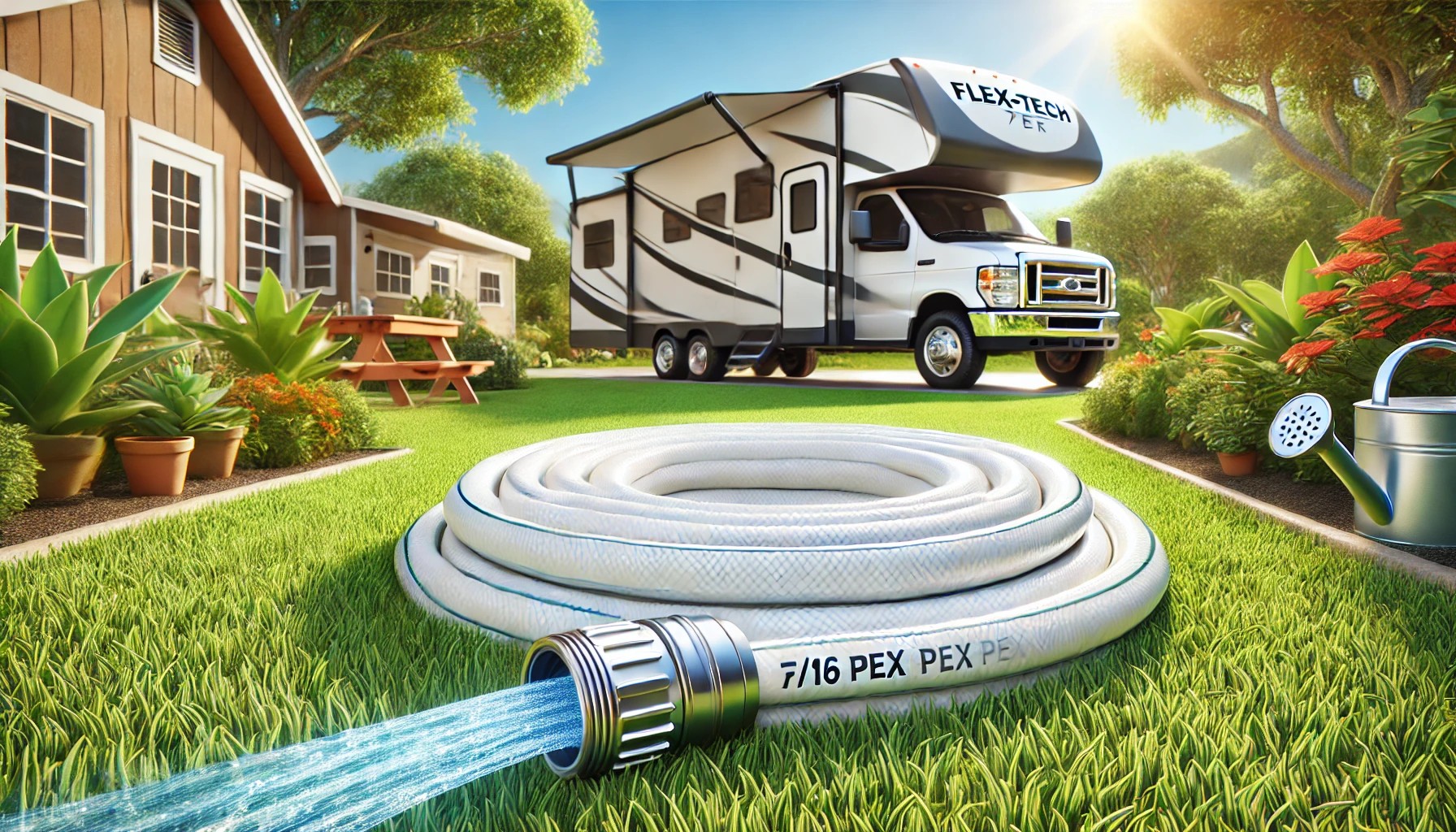Learn all about loppers, the essential gardening tool for cutting thick branches and shaping your garden. This complete guide provides tips, types, and care instructions.
Introduction: Why Loppers Are a Must-Have for Gardeners
Every gardener dreams of a perfectly maintained yard or garden. But achieving that requires the right tools. One of the most essential yet often overlooked tools is the lopper. Loppers are the heavy-duty version of pruning shears, designed for cutting thick branches and shrubs. Whether you’re tackling unruly trees or sculpting hedges, loppers make the job easier, safer, and faster.
This guide covers everything you need to know about loppers, from choosing the right type to tips for effective use and maintenance.
What Are Loppers?
Loppers are long-handled cutting tools used for pruning thicker branches that regular hand pruners can’t handle. Think of them as your garden’s “heavy lifters.” Thanks to their extended handles, they provide better leverage, making it easier to cut branches up to 2 inches thick.
Key Features of Loppers:
- Long Handles: For better reach and leverage.
- Sharp Blades: For clean, precise cuts.
- Versatility: Suitable for cutting live and dead wood.
Types of Loppers: Which One Is Right for You?
Choosing the right lopper depends on your garden’s needs. Here’s a breakdown of the main types:
1. Bypass Loppers
Ideal for live branches, bypass loppers use a scissor-like action to make clean cuts. They’re perfect for:
- Trimming roses
- Cutting fresh, green growth
2. Anvil Loppers
With a single sharp blade that cuts against a flat surface, these are great for dead wood or hard, dry branches. However, they may crush softer wood.
3. Ratchet Loppers
Ratchet loppers are designed to cut through thick branches in stages, making them a great option if you lack arm strength.
4. Telescopic Loppers
Need extra reach? Telescopic loppers have extendable handles, perfect for trimming tall trees and hedges.
How to Use Loppers Effectively
Using loppers may seem straightforward, but a little technique goes a long way. Follow these tips for optimal results:
- Select the Right Type: Use bypass loppers for green branches and anvil loppers for dry wood.
- Position Correctly: Place the branch as close to the blade’s pivot point as possible for maximum cutting power.
- Cut at the Right Angle: Always cut at a 45-degree angle to prevent damage to the plant.
- Apply Steady Pressure: Avoid forcing the blades; let the sharp edges do the work.
Caring for Your Loppers: Maintenance Tips
To keep your loppers in top shape, regular maintenance is key. Here’s how you can ensure longevity:
- Clean After Each Use: Wipe blades with a damp cloth to remove sap and dirt.
- Sharpen Blades: A dull blade can damage plants and strain your hands. Sharpen regularly with a file or sharpening tool.
- Lubricate Moving Parts: Apply a few drops of oil to the pivot point for smooth operation.
- Store Properly: Keep loppers in a dry, safe place to prevent rust.
Top Reasons to Invest in a Good Pair of Loppers
Why are loppers worth adding to your gardening toolkit? Here are the benefits:
- Efficiency: Tackle thicker branches with ease.
- Healthier Plants: Clean cuts minimize damage and promote growth.
- Safety: Long handles reduce the need to climb or overstretch.
- Durability: High-quality loppers last for years with proper care.
Common Mistakes to Avoid When Using Loppers
Even experienced gardeners can make errors. Avoid these common mistakes to maximize your tool’s efficiency:
- Overloading Your Loppers: Don’t force them on branches beyond their capacity.
- Using the Wrong Type: Match the lopper type to the branch material (green vs. dry).
- Ignoring Maintenance: Neglected tools lose effectiveness and can even break.
- Improper Grip: Always use both hands for better control and safety.
Conclusion: The Garden Tool You Can’t Live Without
Whether you’re a weekend gardener or a landscaping pro, loppers are indispensable for maintaining a beautiful outdoor space. With the right pair, you can prune, shape, and nurture your plants with ease. Remember to choose the right type, use proper technique, and maintain them well to ensure years of reliable service.
FAQs: All About Loppers
1. What’s the difference between loppers and pruning shears?
Loppers are larger and designed for cutting thicker branches while pruning shears handle smaller stems and leaves.
2. How do I sharpen my lopper blades?
Use a sharpening file or stone. Follow the blade’s natural angle and file in one direction for best results.
3. Can loppers cut through thick tree branches?
Yes, but only up to their specified capacity. For branches thicker than 2 inches, consider using a saw.
4. Are telescopic loppers worth it?
Absolutely! They’re ideal for reaching high branches without needing a ladder.
5. What’s the best material for lopper blades?
Look for blades made of high-carbon steel. They’re durable, sharp, and resist rust.
Now that you’re armed with all the info, it’s time to pick up your loppers and start gardening like a pro!










